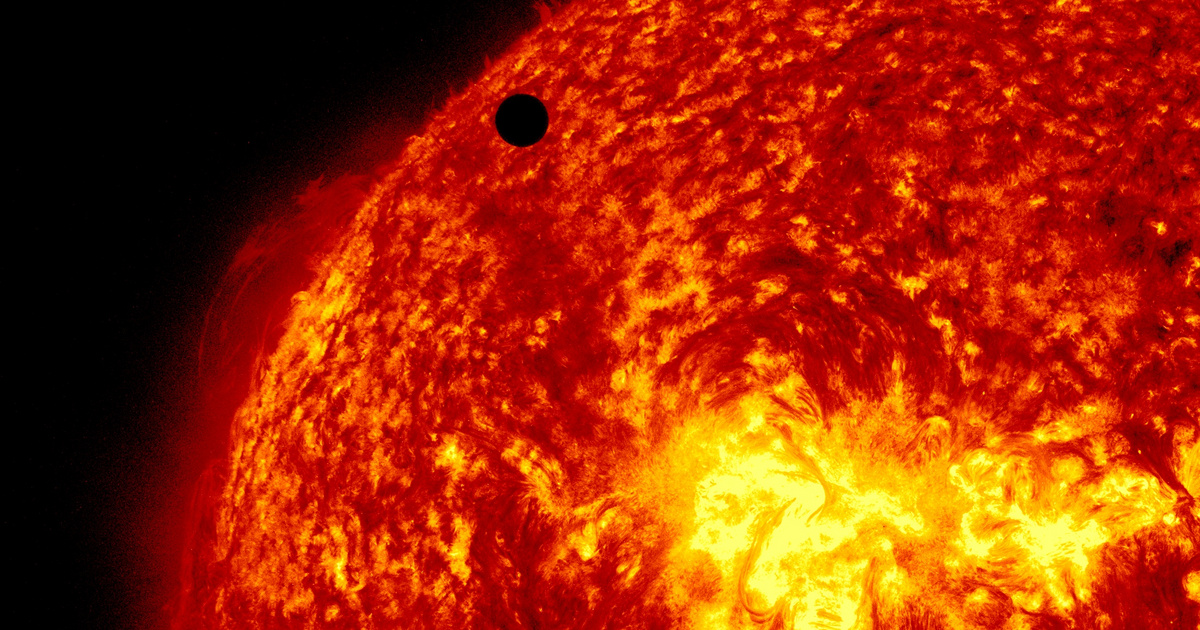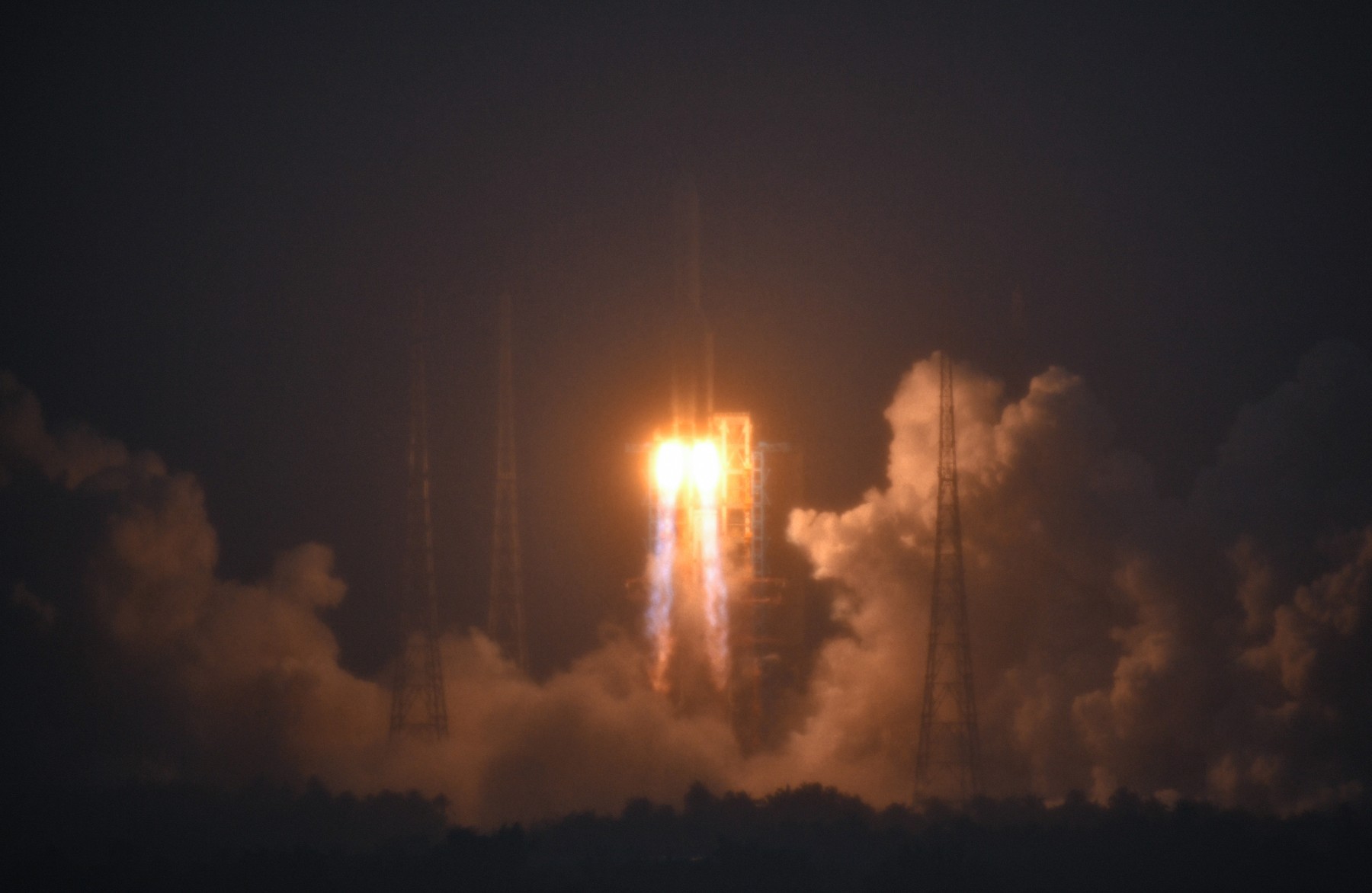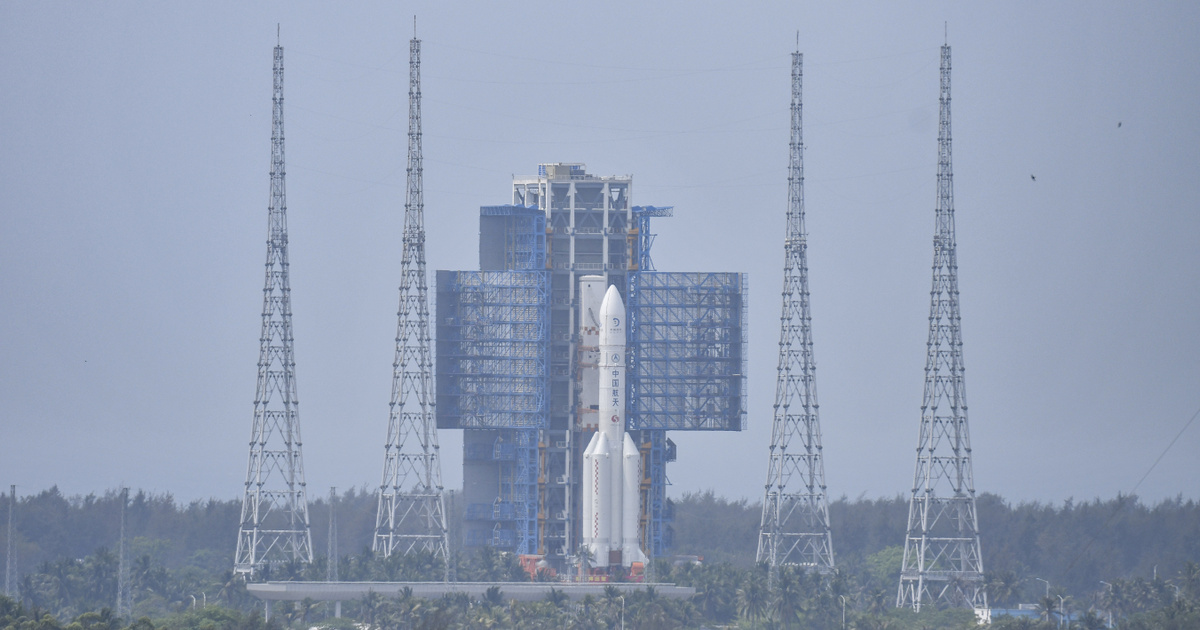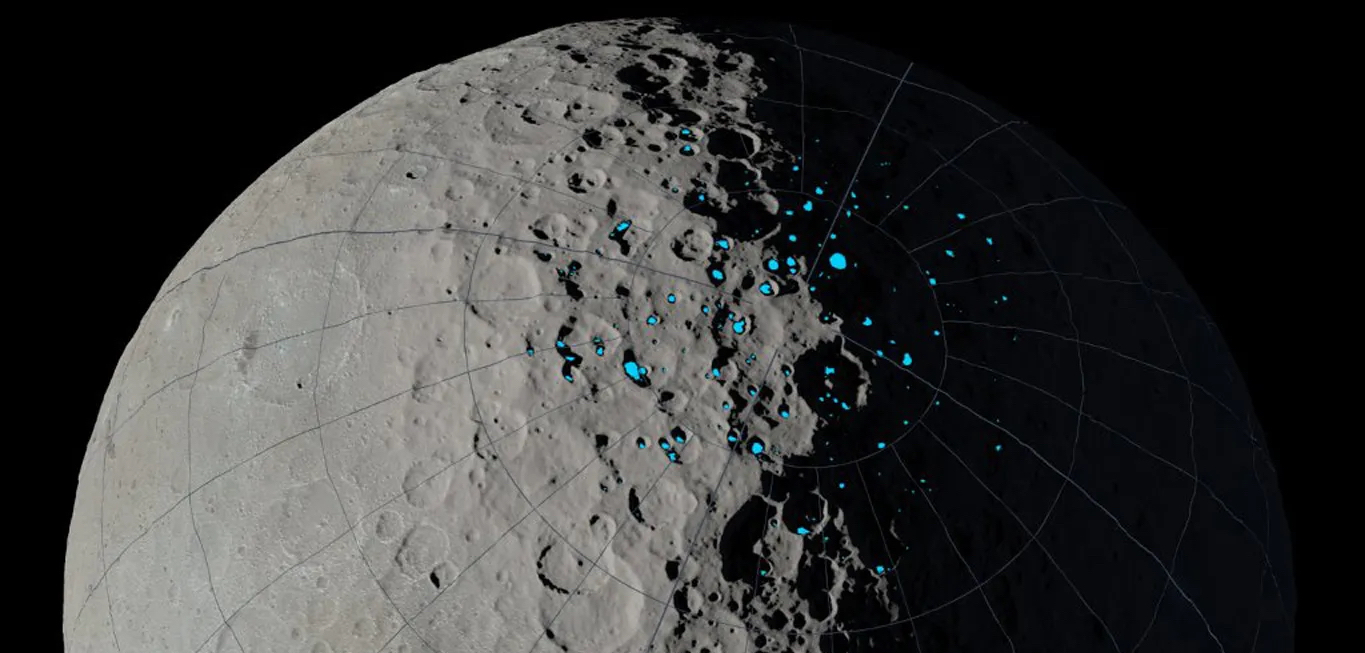Agnes Kospal, a researcher at the Miklos Theg Konkoli Institute of Astronomy of the HUN-REN Research Center for Astronomy and Earth Sciences (HUN-REN CSFK CSI), was one of the co-authors of the study that won the Most Cited Article Award of 2023 from the Institute of Physics (IOP) Publishing announced. , announced the Hungarian Research Network HUN-REN with MTI on Monday.
The award recognizes publications in the top one percent of most cited articles published in the publisher's journals between 2020-2022, among which articles written by North American researchers were recognized for the first time this year.
One of the prize winners is the study conducted by Kevin Flaherty (Williams College, USA), in which researchers from the USA, China and Hungary investigated one of the most important, but at the same time the most difficult to understand, properties of interstellar stars. Discs and disorder.
Disks of material surrounding young stars are home to exoplanetary systems. The turbulence of the disk material determines the extent to which dust particles are able to stick together to form larger objects, planetary bodies, and eventually planets, and thus also affects the evolution of the orbits of the planets that form. Turbulence is thus a key factor in many models of planet formation, but has only been directly identified in the case of a few planet-forming disks.
The researchers used the ALMA (Atacama Large Millimeter/Submillimeter Array) radio antenna system to measure gaseous material in the disk around three young stars, DM Tau, MWC 480 and V4046 Sgr. They examined the spectral line breadth of the carbon monoxide molecule in the recorded data, and looked for signs of disturbance in it. According to their results, the turbulence in the DM Tau disk is of measurable strength. However, the disturbance in the disks of the other two stars is too weak to be detected by current measurements.
Probing circumstellar disks using ALMA is one of the main topics of the research group led by Ágnes Kóspál CSI from HUN-REN CSFK.
ALMA's exceptional sensitivity and fine frequency resolution made it possible to detect the noticeable effect of turbulence in one of the disks, said the head of the research group. This makes DM Tau one of the few tablets for which the degree of disorder has been determined – added by Ágnes Kóspál.
In most studies in the scientific literature, they could only give an upper limit to the speed of turbulent movements, which indicates that turbulence is weak in most disks. The strong turbulence found in the DM Tau case may be related to stronger ionizing radiation reaching the disk, a stronger magnetic field or a younger star's age compared to other systems examined, they wrote in the announcement.










































